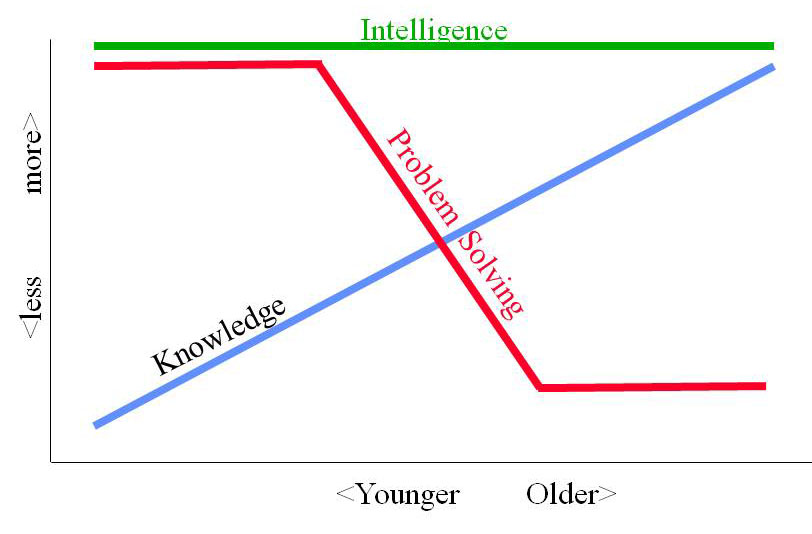Home
To be Human is to be absolutely certain that one is right. This hard wired bias has many advantages. It keeps us using strategies that have a worked in the past. We don't waste too much time on speculative alternative ideas. It helps us get along with our tribe.
However, being certain about our current beliefs can also prevent us from discovering many more empowering ideas and beliefs. These ideas don't fit inside our current bias structure, and so we ignore them and their benefits. Put if we could just put aside our biases and explore...
Einstein made some of his most amazing discoveries when his mind wasn't hobbled by the rules and biases that were common to other great scientists of his day. As a result, he completely changed our world.
Einstein laster acquired his own large set of biases. These biases or rules entrapped him, sending him down deadends where he languished the last half of his career.
When we look at Einstein's problem solving ability over his life, a curious trend emerges. He was always intelligent, and over time, his knowledge and the resources at his disposal steadily increased. However, he was at his most brilliant while working as a patent examiner and doing physics on the side with very little support. Later in life he was smarter, more knowledgable, and had the support of the most brilliant scientists in the world, yet he just spun his wheels in scientific dead ends.
How to Think Like Einstein examines why sometimes Einstein was brilliant, and sometimes hopeless, and how you can follow his brilliant example by breaking your rules that are holding you back.
The second edition of How to Think Like Einstein is now available.
